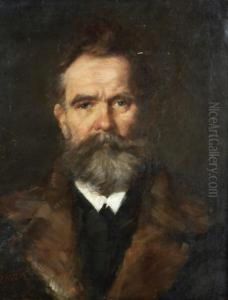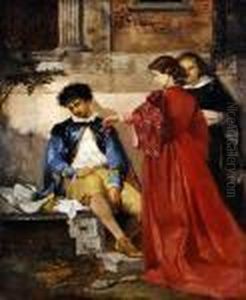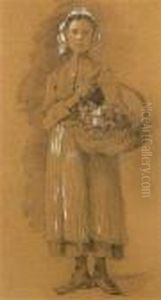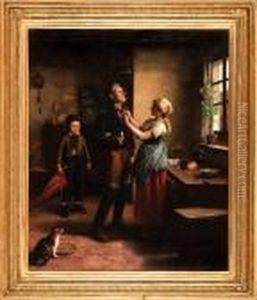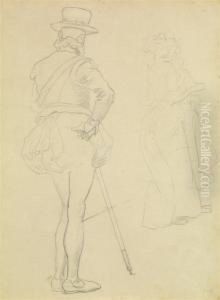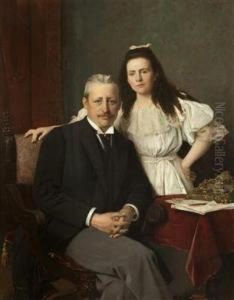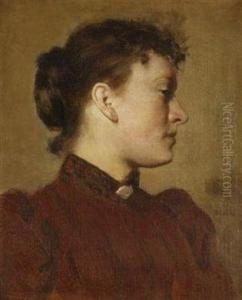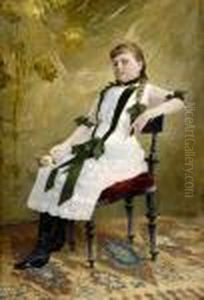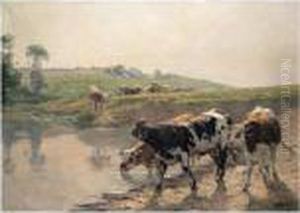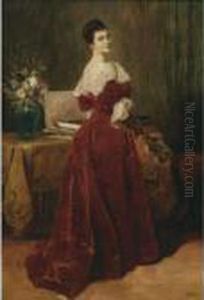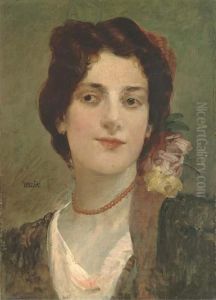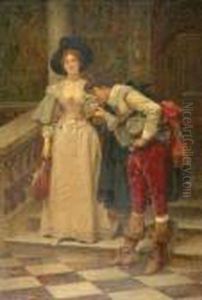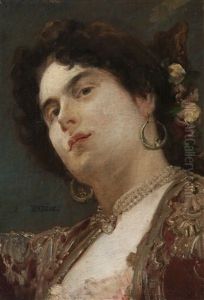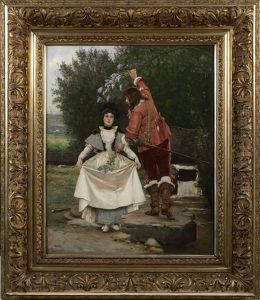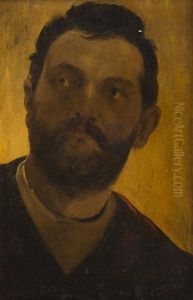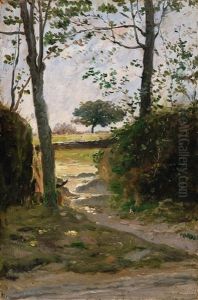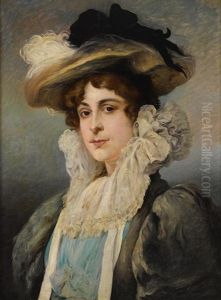Vaclav Brozik Paintings
Václav Brožík was a Czech painter who achieved considerable acclaim during his lifetime for his historical and portrait paintings. Born on March 5, 1851, in Třemošná, near Pilsen in the Austrian Empire (now the Czech Republic), he was originally named Václav Brožík, but he later adopted the French version of his name, Wenceslas Brozik, as he spent a significant part of his career in France.
Brožík showed an early talent for art and began his formal education at the Academy of Fine Arts in Prague. He continued his studies at the Academy of Fine Arts in Vienna, where he was influenced by the work of historical painter Hans Makart. In search of further education and inspiration, Brožík moved to Munich, which was a central hub for artists at the time. There he continued to enhance his skills and began to develop his reputation.
In 1878, Brožík moved to Paris, which was then the epicenter of the art world. His historical paintings, characterized by their dramatic scenes and meticulous detail, resonated with the academic tastes of the time. He became a member of the Société Nationale des Beaux-Arts and was awarded the Legion of Honor, France's highest order of merit for military and civil merits, in recognition of his contributions to art.
Among his notable works are 'Jan Hus Before the Council of Constance' and 'Christopher Columbus at the Court of the Catholic Monarchs.' These paintings showcase his ability to capture the grandeur and emotion of historical events. His work was not limited to historical subjects, however; he also painted portraits of notable individuals of his time, as well as genre scenes and landscapes.
Brožík's success in France did not eclipse his connection to his homeland. He maintained ties with the Czech art community and contributed to the National Theatre in Prague. His works are still celebrated in the Czech Republic and can be found in various museums and galleries.
Václav Brožík's life was cut short when he died on April 15, 1901, in Paris. Despite his relatively brief career, he left a lasting impact on the art world and is remembered as one of the most prominent Czech painters of the 19th century.







